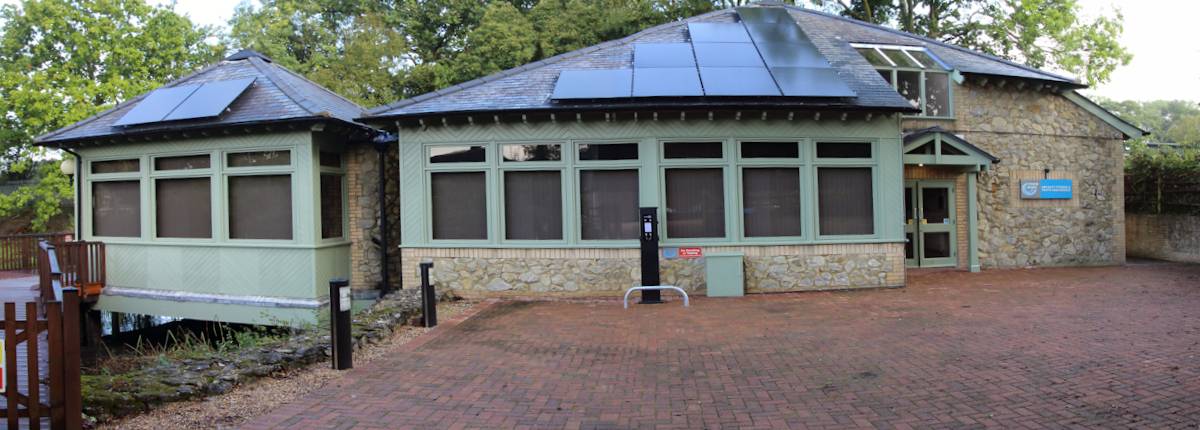View our latest and past news items.
- Details
- Published:
 |
New Safety Sense Leaflet: VFR into IMC |
A new Safety Sense Leaflet has been published providing guidance to general aviation pilots on the risks and mitigations associated with continued Visual Flight Rules (VFR) flight into Instrument Meteorological Conditions (IMC).
This forms part of the popular Safety Sense series which are currently updating.
- Details
- Published:
 |
General Aviation Pilot Licensing Review Phase 2: Aeroplanes - Consultation Closes 22 May 2024
|
In October 2022, the CAA published CAP2335 (General Aviation Pilot Licensing & Training Simplification – Phase 1: Strategic Direction) as part of a 3 Phase program to simplify training and licensing for the UK’s General Aviation (GA) Sector.
The subsequent GA community response (CAP2532) showed strong support in several key areas for updating our current legislation with regards to Licensing and Training.
AOPA has been fully engaged with the process and made significant contributions to the proposals and community response.
This consultation (Phase 2) will explore these key areas in more detail, to ensure that the CAA are working towards the goals of the community whilst maintaining legislative compliance within these areas. The consultaion closes on 22 May 2024.
The outcome of this consultation will help finalise the proposals for the simplification of licensing and training. The final proposals and legal drafting will be developed with the Department for Transport and presented for legislative amendment Spring 2025.
- Details
- Published:
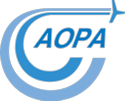 |
HIAL Airport 2024 Parking Charges reduced for light aircraft |
When HIAL first published their charges for 2024, AOPA contacted HIAL to raise a number of concerns about the significant increase in costs for private GA flights in light aircraft, in particular parking fees. AOPA asked for these to be reviewed and HIAL have now revised charges for aircraft up to 2.5 tonnes:
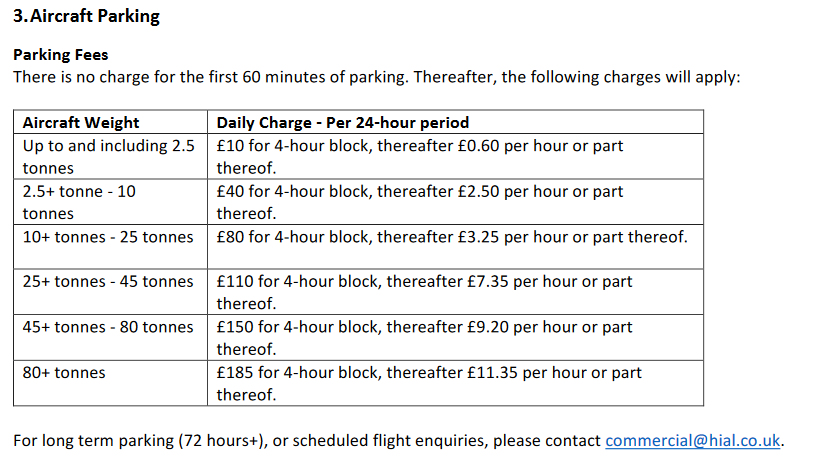
Full details of HIAL terms and conditions can be found here.
- Details
- Published:
 |
Petition - Reclassify general aviation airfields as greenfield not brownfield sites |
AOPA, along with other Associations and the General Aviation Awareness Council (GAAC) have lobbied, and continue to lobby, Government to afford protection for Aerodromes/Airfields in planning guidelines.
A Petition "Reclassify general aviation airfields as greenfield not brownfield sites" has been started and runs to 24 October 2024. If the Petition achieves 10,000 signatures a government response wil be given. At 100,000 signatures this petition will be considered for debate in Parliament.
AOPA asks our members to consider supporting this petition.
- Details
- Published:
 |
Online GAR Response Messages - Common Travel Area |
When travelling within the Common Travel Area (CTA) of UK & Northern Ireland, Channel Islands, Isle of Man and Ireland no Response Message will be displayed. This was not obvious to users of the service and in response to a query from AOPA the UPT Queries Team have advised that the guidance notes have been updated as below:
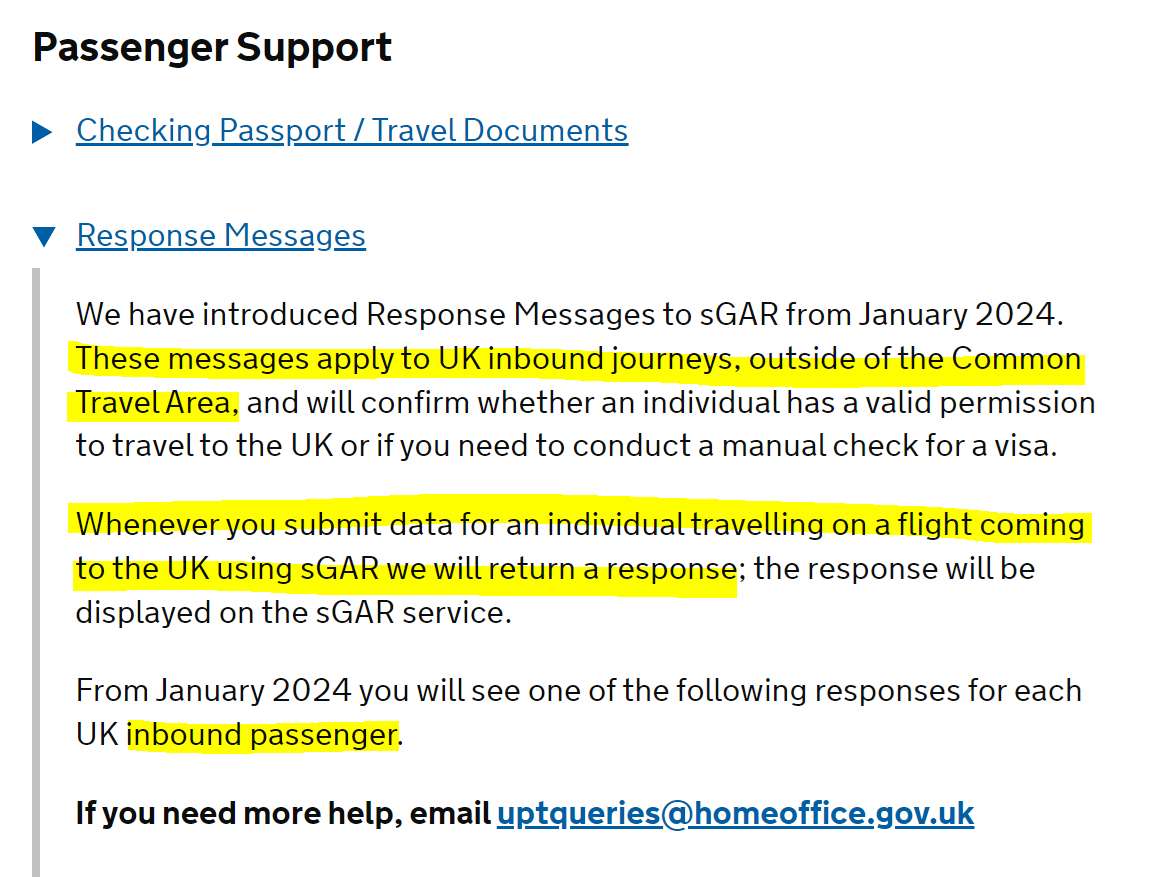
- Details
- Published:
 |
HIAL Airport Charges Increase from 1 April 2024 |
Highland and Islands Airport Ltd (HIAL) have published charges for the use of their airports with effect from 1 April 2024. Details can be found here.
For private GA flights in light aircraft the charges have increased over 300% compared to 2023 charges. The significant changes have been the introduction of a navigation fee of £15 (+VAT) for aircraft under 2,500 kg and parking fees, the first 60 minutes are free and then charges of £40 (exc VAT) for the next 4 hours and then £2.50 (exc VAT) per hour, or part thereof, thereafter for aircraft up to 10,000 kg. An 8 hour stay for a private flight in an aircarft under 2,500 kg the basic cost will be:
Landing Fee: £21 +VAT
Navigation Fee: £15 + VAT
Parking: 60 minutes free, £40 + VAT for the next 4 Hours and £2.50 + VAT for the next 3 hours
Total: £100.20 inc VAT (The cost in 2023 would have been £31.18 inc VAT)
Other services would be additionally charged for if used.
When the 2024 charges were published, AOPA contacted HIAL with a number of questions in order to establish what charges would apply to private flights and some further clarifications. We have today received a response from Alastair Gleave, HIAL Chief Commercial Office. The salient points from his response are:
1) For clarification cost sharing flights meet the deifintion of a private flight. HIAL will review their wording.
2) The navigation fee covers all aspects of air navigation service provision, including Communication, Navigation, Surveillance (CNS), Meteorological (MET) and Air Traffic Services (ATS) – both Air Traffic Control (ATC) and Aerodrome Flight Information Service (AFIS), as applicable. Therefore, the navigation fee for air navigation services will apply to both IFR and VFR operations.
AOPA: Many of the services listed are not required by private pilots who self-handle and this charge will be challenged.
3) The review of HIAL’s Conditions of Use and charges identified aircraft parking as an area that required re-assessment. The published parking fees apply for all aircraft. The feedback received has highlighted the unintended impact of the new pricing scales on the private light aircraft community. The inclusion of an additional parking scale for aircraft up to 2.5 tonnes will be explored.
AOPA: It has been pointed out to HIAL that Dundee offer a 24 hour flat fee of £15 (+VAT) per day for light aircraft parking on grass. A similar flat fee should be considered for other HIAL airports.
Martin Robinson
CEO AOPA UK
- Details
- Published:
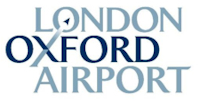 |
ACP-2023-033 London Oxford Airport Airspace Change Proposal Stakeholder Engagement: CAP 1616 DESIGN PRINCIPLES |
Oxford Aviation Services Limited (OASL), the operator of London Oxford Airport proposes to modernise its air navigation procedures and associated infrastructure. To progress this, they are required to commence a formal Airspace Change Proposal (ACP) process which is regulated and overseen by the United Kingdom (UK) Civil Aviation Authority (CAA).
In support of this stakeholed engagament, the following documents have been published:
To download either document click on the three dots.
Reponses regarding the draft Design Principles must be received by 24 April 2024. If you wish to provide AOPA with your views:
- Details
- Published:
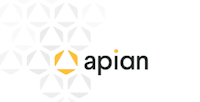 |
ACP-2023-015: Northumbria NHS Air Grid Stakeholder Engagement Part 3 |
Apian are conducting a new period of stakeholder engagement from 28th March to 26th April, 2024. This update aims to inform you of revised timelines for the start of this project and provide further project details. The attached brief outlines these updates, and we encourage you to review the material and provide any feedback you may have on the operational and safety aspects of the trial.
All responses from previous engagement periods are still valid and will be submitted to the CAA as part of our application.
Apian have provided this update for consideration:
Download a copy if you want to use any links in the document. (Click on the 3 dots).
You can respond directly via this link by the 26th April 2024 and/or let AOPA know your views:
- Details
- Published:
 |
2024-25 CAA Schemes of Charges Publication |
The CAA has published the revised 14 Schemes of Charges and the Consultation Response Document on 18 March 2024 under CAA UK Official Record Series 5, that will be legally implemented with effect from 1 April 2024.
The current 14 Schemes of Charges will be effective to and including 31 March 2024.
- Details
- Published:
 |
UK Civil Aviation Authority proposes streamlined licensing system for GA Pilots |
The CAA is working to simplify the licensing process for the general aviation community as part of its General Aviation Pilot Licensing and Training Simplification project. AOPA have been fully engaged with this project.
These include consolidating the number of licences on offer, reducing the number of examinations for the gaining of licences and changes to the class rating structure including requirements for maintenance of competence.
Reform of the system was a high priority for the general aviation community when asked by the UK Civil Aviation Authority and this signals a major step closer to delivering on those wishes.
Michael Macdonald, Head of General Aviation at the UK Civil Aviation Authority, said:
“To all pilots, the licence they hold is incredibly important. We’re looking to simplify the system to make it easier for new pilots to choose their path in aviation, and for existing pilots to maintain and upgrade their licences, all whilst maintaining the UK’s world-class level of safety.
“Experts from the community have been involved throughout the development process of these measures, which we feel will really benefit those looking to gain licences in the UK.”
Following the completion of CAP2335 – General Aviation (GA) Pilot Licensing & Training Simplification Phase 1CAP2335 – General Aviation (GA) Pilot Licensing & Training Simplification Phase 1 in Spring 2023, the CAA are now publishing a suite of five consultation papers setting out the detailed direction for licenses and ratings across the GA aircraft categories:
Aeroplanes including Microlights
The consultations will be open for 10 weeks and will close on the 22 May 2024.

